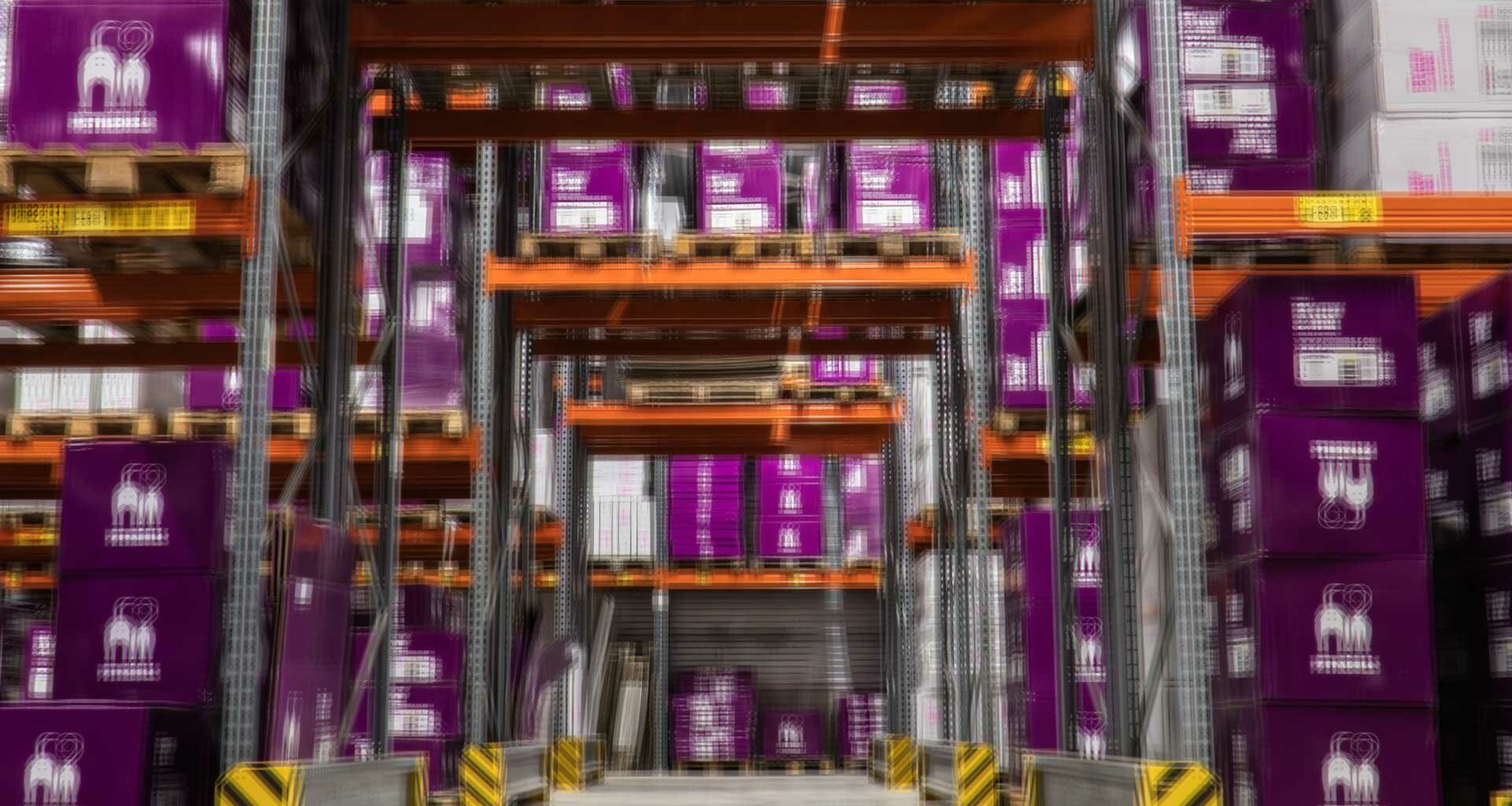It’s common for retailers to experience inventory accuracy rates of only 65%-70% and yet there is a ready-made solution that can solve that.
Dean Frew is Chief Technology Officer and Sr. VP for RFID Solutions, SML Group, and Founder of SML Intelligent Inventory Solutions (formerly Xterprise, purchased by SML in 2013). Mr. Frew is responsible for driving SML’s RFID Tags and Solutions strategy, and runs the RFID solutions division, based on his 20+ years of experience delivering RFID solutions to retailers and brand owners around the global. We spoke to him about, among other topics, what he sees as the biggest challenges facing, and solutions available, to retailers today.
TheCustomer
Dean, thanks for your time. It did not go un-noticed that SML was selected to be a part of the Expo Tour at this year’s NRF. As someone who has been developing leading edge retail technologies for some time, we’d love your perspective on the important themes and hurdles facing today’s retailers.
Dean Frew
Sure, and thank you. We’re really focused on the supply chain and inventory aspects of retail so we spend a lot of time looking at, discussing and solving for those kinds of problems. From my perspective, and I think others are becoming aware of this, one of the biggest issues facing retailers right now has to do with understanding their merchandise flow so that they can move it to where it needs to be, when it needs to be there in order to meet customer demand. And the pandemic forced everyone to start to address this.
Our job at SML is moving retailers into an item-level world where you can do a stock count every day or every week if you want – compared to once a year. And that stock count is 98% accurate by SKU and stock/size/color and variables – instead of just knowing you have 500 t-shirts.
So, when you bring the item-level data carrier, the item-level enterprise system, you create this item-level system fabric that sits underneath the existing ERPs. So, we don’t replace the warehouse management systems, or the point of sale, or the retail management system or the order management system, we become this item-level fabric that sits between all of them and communicates with them.
And with that comes their inventory accuracy, going from 65% or 70% which is pretty standard, to 98% and being able to keep it there throughout the year. That then reduces out-of-stocks and then enables the availability of product to be much more efficient and from that comes an increase in sales, you’re able to reduce excess in-store inventory and you’re able to reduce your cancel rates. So, everything cascades off of that fundamental understanding that comes from having accurate stock counts.
TheCustomer
How did the early phases of the pandemic affect your business? And how did that affect your customer base?
Dean Frew
The biggest change was that stores had to move to using their physical spaces as mini warehouses, whether the actual store was dark or not, they had to pivot to radical new fulfillment methods very quickly and using that store real estate was the best option at the moment.
Interestingly, because we service more than 5400 stores worldwide, we were able to see first-hand how retailers who had moved to an item-level view of their inventory were able to see what product they had, where it was in the distribution chain, and move the appropriate product to the appropriate place with remarkable efficiency.
Every one of our customers are now using their stores as fulfillment arms. They were doing some of that before but never to this level. We have one customer who, in their annual report, said they had increased their online business by 3000% out of their store. So, to do something like that, when their DC had their own set of problems related to labor, they were able to handle this huge set of complex tasks because they had the item-level knowledge they needed in order to make quick, large-scale decisions like that.
Because of this, we saw revenue double on the solutions side of our business and we’re expecting that same kind of growth this year. There are a growing number of stores that are realizing that they need to think differently now and, more specifically, how they manage inventory.
TheCustomer
Do you see any commonalities or patterns to who is adopting this new approach, or do you find that you still have to convince retailers to engage in this type of digital transformation?
Dean Frew
The biggest thing is, is there a culture of innovation there? Are they willing to move away from the barcode mentality? You know, in 1974 we figured out how to put a barcode on a product and here we are half a century later managing inventory the same way. And I think that the pandemic forced a lot of people to re-assess the ways they do things operationally – it forced them to figure out how they were going to shift in order to play in this new marketplace.
TheCustomer
I think the thing that stands out for me the most from this conversation is that it’s common for retailers to experience and even expect inventory accuracy rates of only 65%-70% and yet there is a ready-made solution that can solve that difference and have a measurable, even immediate impact on the bottom line. Here’s to solving the big problems! And thanks for talking to us Dean.













